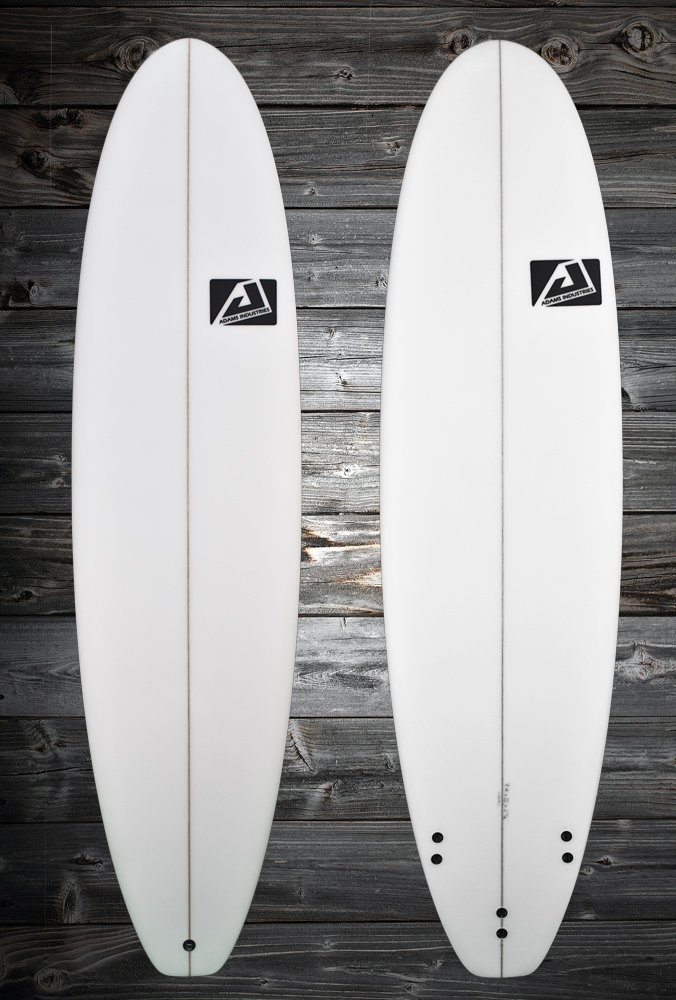You often hear people say that surfing requires nothing but one’s person, a surfboard, and the ocean. Such a simple sport, surfing. So in touch with nature. Surfing gear? What surfing gear?
Leaving aside the fact that most surfboards are made on the other side of the world, out of materials that are hardly environmentally friendly; and the fact that the ocean is a long way away for many surfers, and in any case is capricious and difficult to predict and only any good for surfing under very specific conditions in very specific places — it’s still a dirty pestilent lie. If you want to start surfing, and particularly if you want to start surfing in the UK, you’ll need a good deal of additional equipment.
Surfing Gear: Surfboards
But let’s start with the most essential item of equipment you need to learn to surf: the surfboard. There are several different basic types of surfboard, each one designed with a different standard of surfer and/or style of surfing in mind. Making sure you have the right surfboard both for your ability level and for the conditions you’ll be using it in is paramount; investing in the wrong one will be a severe impediment to progress, and could even kill your surfing aspirations dead in the water… so to speak.

As a general rule, particularly towards the beginning of your surfing career, foam is your friend — the bigger the surfboard, the faster you’ll be able to paddle on it and the more waves you’ll catch. It will also be considerably easier to stand up on.



